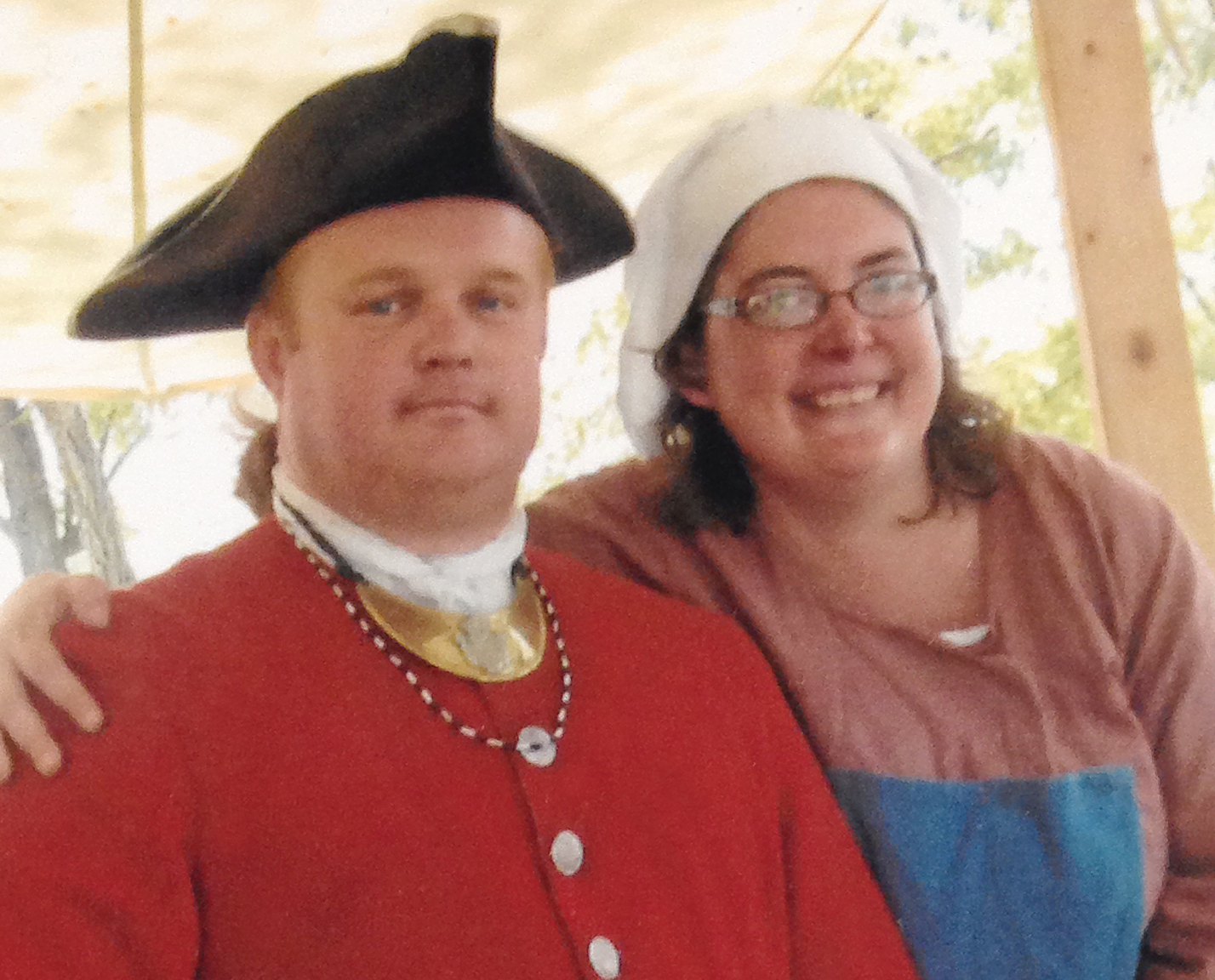
Steven and Sara Perkins routinely spend time in the 1700s. Time travelers, perhaps? Nope … they are historical re-enactors.
Steven, president of Black River Paper Company in Watertown, New York, and Sara, the company’s vice president and corporate secretary, started doing historical re-enactment in 2006. They re-enact aspects of life and events during the French and Indian War, which took place along the U.S. and Canadian border from 1754 to 1760.
A customer introduced them to historical re-enactment right before the 250th anniversary of the French and Indian War. The couple spent the first year doing research, before actively participating in events in 2007.
“We listened to people who were already doing historical re-enactments,” says Steven. “We bought all of the books we could find on the topic. And we viewed displays and studied the particular history of the sites and events we visited.”
The couple lives in northern New York state, where Lake Ontario and the St. Lawrence River come together, an area that saw lots of action during the French and Indian War. Sites at which the Perkinses have been re-enactors include Fort Niagara and Fort Ontario in the United States, and Fortress Louisbourg and Fort Lennox in Canada.
Steven’s historical role is commander of a military unit, and, as in real life, Sara is his wife. They become the people they represent.
“I wear male buckle shoes, because officers’ wives would wear nice quality shoes,” says Sara. “One of the ways families of rank were distinguished was by the kind of shoes they wore.”
They sleep in a tent “of the era,” manufactured by a company that specializes in such things.
“The tent is cramped. We have modern things inside the tent, such as cots and cell phones, but no electricity and no water,” says Sara. “We walk up to a quarter of a mile for water.”
Typically, Sara cooks at least two meals over an open fire for their group of re-enactors. She’ll prepare bacon, eggs and French toast for breakfast. For dinner she’ll make a stew.
“To have a meal ready to serve at 6 o’clock, I have to start at 2 o’clock,” she says. “I cook on cast iron and serve the food in wooden or pewter bowls with wooden spoons. I boil water, which can take from 15 minutes to more than an hour, to wash the dishes. It’s a big ordeal.”
Steven, as unit commander, makes sure that the camp is set up.
“Once we’re in camp, we have an officers’ call, which involves the unit commanders from both armies getting together to go over the schedule for the weekend re-enactment,” he says. “Depending on the site, there might be a ‘tactical weapons demonstration,’ also known as a ‘battle,’ because it is against the rules to have a ‘battle’ in some parks. Or, we might do a weapons demonstration to show how the defenders of the fort would have conducted musket fire or artillery fire.”
They usually participate in two or three re-enactment events annually between May and September, but during the 250th commemoration of the French and Indian War they did 10 events in a year.
Steven and Sara both enjoy how historical re-enactment helps people learn about the past.
“As a former teacher, the education aspect is my favorite thing about re-enactment,” says Sara. “I like to help kids see what life was like back then.” Gretchen Roufs, a 25-year janitorial supply industry veteran, owns a marketing and public relations company in San Antonio. To suggest someone you think should be featured in “Freetime,” contact her at Gretchen@GretchenRoufs.com.
Gretchen Roufs, a 25-year janitorial supply industry veteran, owns a marketing and public relations company in San Antonio. To suggest someone you think should be featured in “Freetime,” contact her at Gretchen@GretchenRoufs.com.

 The Down and Dirty on Cleaning in Virus Season
The Down and Dirty on Cleaning in Virus Season How Surfactant Use is Expanding in Commercial Cleaning
How Surfactant Use is Expanding in Commercial Cleaning Clean Buildings Conference
Clean Buildings Conference
